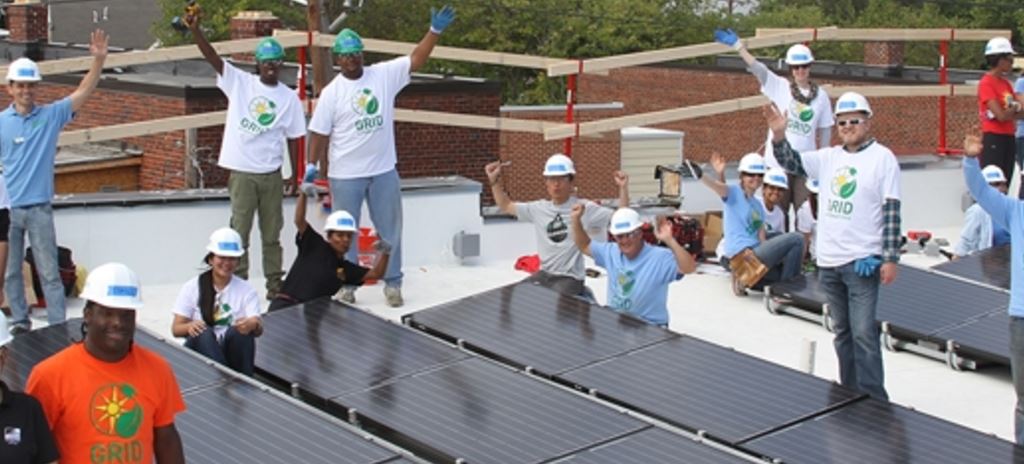A new program expanding solar access to low-income families in California has been unanimously passed by state regulators.
Disadvantaged Communities – Single-family Solar Homes (DAC-SASH) aims to increase the adoption of solar power by low income households in disadvantaged communities by investing $120 million dollars into incentives annually through 2030. Specifically, the program will provide $8.5 million in annual total to customers who meet income qualifications and live in the top-25% most disadvantaged communities in the state.
And, while bringing solar to disadvantaged communities cannot be overstated in its importance, both in terms of expanding solar as a generation resource and narrowing the racial and socioeconomic expanse of solar, those are the topics most frequently focused on when a program like DAC-SASH goes into effect.
What has the most personal impact potential is the focus on the community members under DAC-SASH. Specifically, the notion outlined in the program’s announcement that says
The program will also integrate job training opportunities into every project, creating ladders of opportunity for individuals from all backgrounds to access well-paid jobs in California’s solar industry, and ensuring lasting community benefit.
DAC-SASH is being administered by GRID Alternatives, a non-profit organization which also oversaw the implementation of the Single-family Solar Home (SASH) program and claims to have engaged over 40,000 people in solar education and training.
That 40,000 reach is impressive, compounded by the fact that most of those people would otherwise have no resources to pursue that type of training and education. One of the biggest issues with these disadvantaged communities is the cycle born from the lack of resources. Without access to quality education, those living in these disadvantaged communities have no means to escape their current conditions, effectively putting entire communities in generational limbo.
What makes these programs so valuable is that they offer a way out. Someone living in these communities can show up to a project site and immediately receive training in a practical, real, setting. What’s more is GRID Alternatives shares that, as of 2017, only seven percent of solar installation jobs required a bachelor’s degree. With those to factors together, the program can effectively create an entire new workforce with the skills to work jobs that will allow the workers to escape the cycle of poverty afflicting these communities.
This was a fact noted by California Public Utility Commission Deputy Executive Director for Energy and Climate Policy, Edward Randolph, who said:
We look forward to working with GRID Alternatives and program stakeholders to ensure the program provides maximum impact in our most vulnerable communities.
Any reader interested in applying for or learning more about DAC-SASH can do so through GRID Alternatives’ Energy for All Program.
This content is protected by copyright and may not be reused. If you want to cooperate with us and would like to reuse some of our content, please contact: editors@pv-magazine.com.









Please do not send a ton of emails and a ton of phone calls. Just trying to get information because I have this other company that I think is charging me way too much for the solar system.